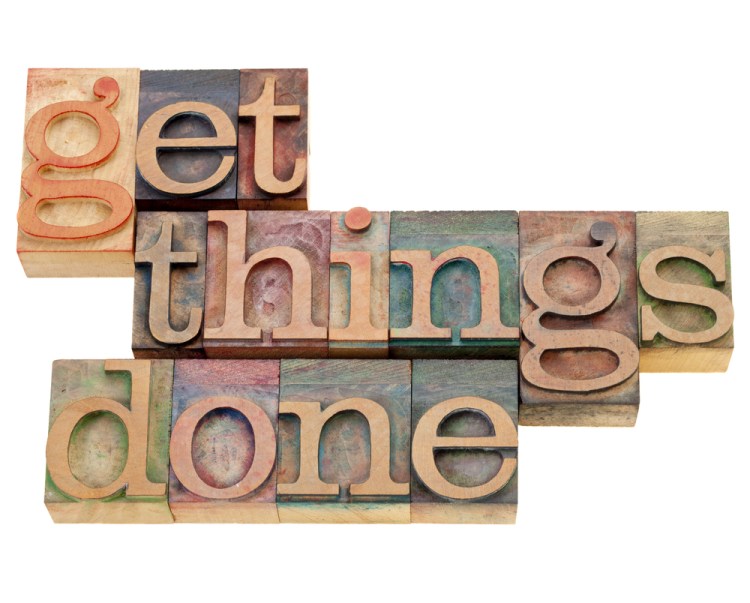It’s over. After months, or even years of hard work, you’re forced to terminate what once looked like a promising project — and all you have left to show for your wasted efforts is an overblown budget and a broken-down team. Or after frequent stop/starts, missed deadlines, and repeated revisions that have you undoing hours of work on other projects, your team is about to blow. But thanks to commandeering the best of Agile methodology — once reserved only for dev teams — marketing and creative teams are learning how to avoid these frustrations that chew up valuable time and demoralize everyone. It also helps a lot more get done.
Often described as “iterative” and “incremental,” Agile is a process where every aspect of development is reevaluated to better assess the project’s direction. Similar to how a writer would outline the main points of his story, agile methodology analyzed each step of development to make sure it fits the standards of quality. If one area of development isn’t up to snuff, it can be amended immediately, than left to cause serious problems later. And by breaking down the process, your team will have a greater sense of accomplishment with what they’ve completed along the way.
It’s why Jim Ewel, Principal of Agile Marketing, has spent years preaching the method to marketing teams in need of a sense of accomplishment.
“I started five years ago evangelizing agile marketing,” Ewel told VentureBeat. “For me, it was a natural thing to apply some of the same techniques and structure and approaches that agile software developers use to marketing. I felt that marketing could use more process, more disciplined metrics-driven approaches, and so I started blogging about agile marketing. And that turned into teaching and consulting and coaching.” That is, when he’s not a CEO of one of the several businesses he’s been proud to have helmed along the way.
How exactly did Ewel apply these agile techniques to marketing? He took the Scrum approach of inspecting and adapting to feedback and interpreted it as a blueprint for prioritizing the advertising process. Determining the aspects of marketing that need addressing — such as customer experience — and assigning the task to the appropriate employee.
“Scrum is essentially a process for helping teams prioritizing things and making sure they get done in a short period of time,” Ewel explained, “It provides a structure and a process for getting the right things done — and communicating the impact of that marketing to the rest of the world.”
For reactionary teams, the Kanban process offers an alternative to Agile. “It’s a less structured approach and is particularly useful for teams that get daily random requests,” says Ewel. “You can’t be doing 13 things at once and Kanban limits the number of things you’re working on at any given time, so things really get done.”
In this webinar, Ewel expands on both Agile and Kanban, and how marketing teams across the country are benefitting. And the benefits go beyond efficiencies and revenue. “In general, morale has been tremendously improved because the teams feel more in control,” Ewel explained. “They’re self-managing, so in general, the teams are happier.”
Ewel will be joined by some other leading practitioners of agile marketing who together will offer real-world insights on how Agile transformed the their lives and those of their teams. They’ll provide you with the tools to not only juggle 100 balls at once, but to create campaigns that are responsive to real-world conditions — as the marketing world turns.
Don’t miss out!
In this webinar, you’ll:
- Hear first-hand experiences from current creative teams using tried and true methods to build faster and respond to industry trends quickly
- Learn ways to increase the number of great ideas and proof of concepts
- Use data to analyze and capitalize on changes in projects, marketing and industry trends… before your competitors know what hit ‘em.
- Capture the lightning in a bottle that ensures amazing customer experiences.
Speakers:
David Lesué, creative director, Workfront
Jim Ewel, CEO, InDemand Interpreting
Stewart Rogers, director of marketing technology, VentureBeat

